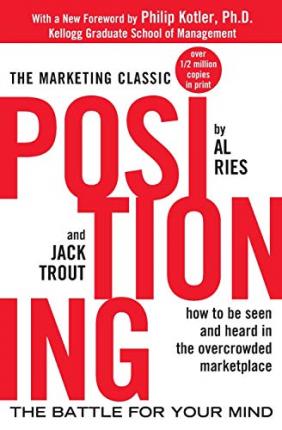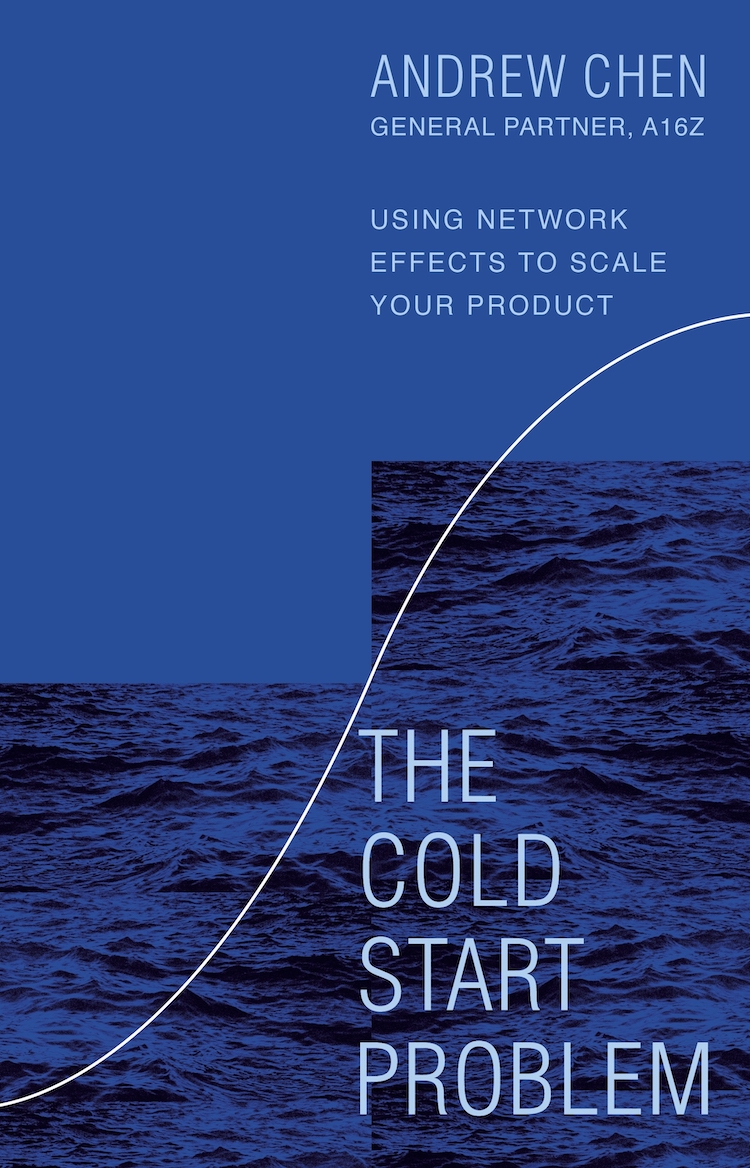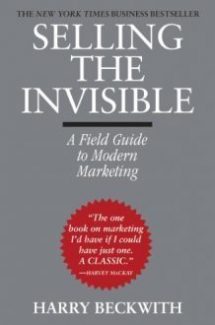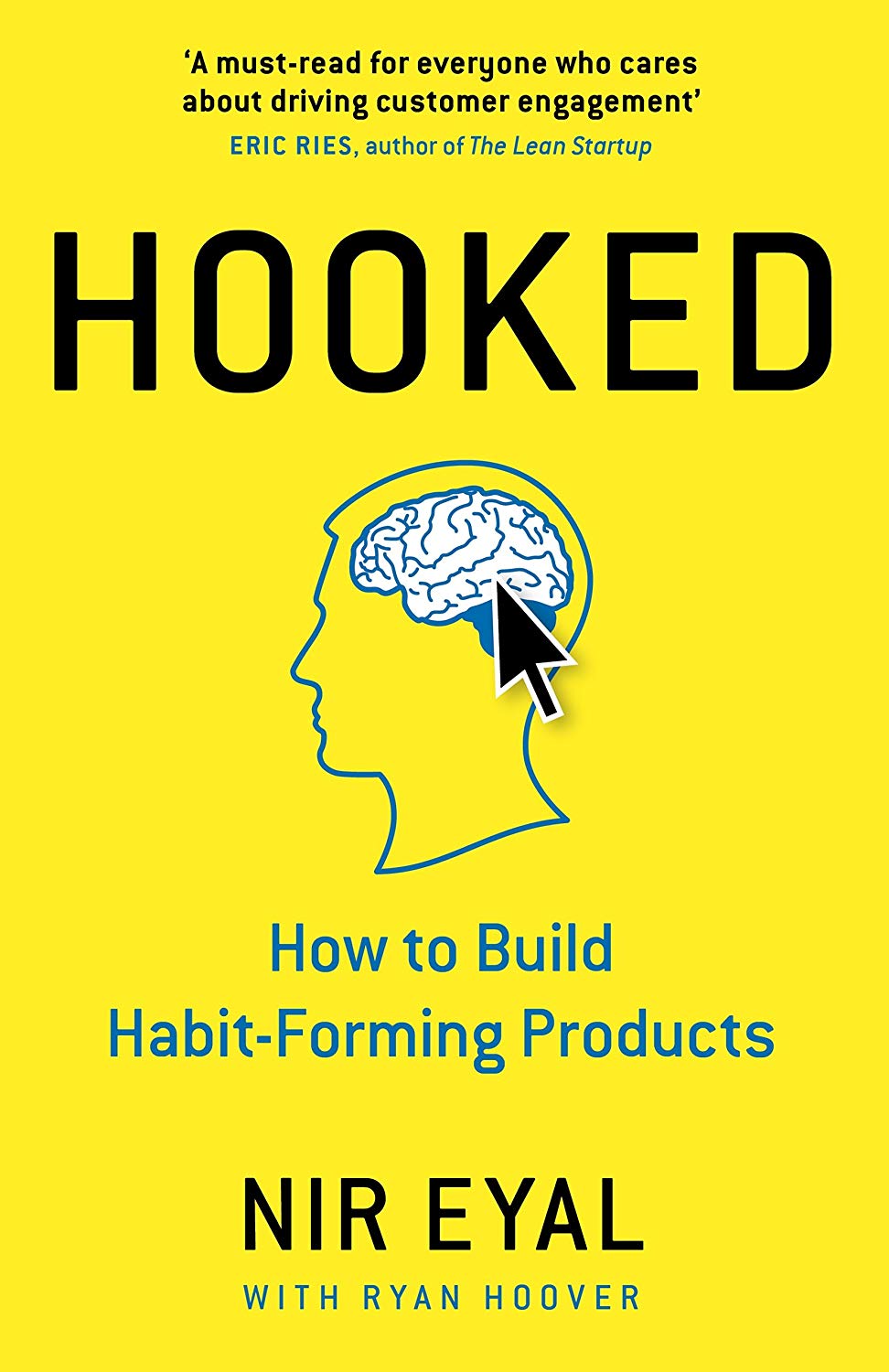Positioning
by Al Ries & Jack Trout
- Marketing
- Ashto =
- Jonesy =

Positioning reveals that advertising has entered a new era: The Positioning Era. Having the best product or the most creative ads is no longer the key to success. To succeed in today’s overcommunicated society, a company must create and claim a position in the consumer’s mind. A position that will consider not only the company’s strengths but also its competitor’s weaknesses.
In Positioning, advertising gurus Ries and Trout explain how to:
- Make and position an industry leader so that its name and message wheedle their way into the collective subconscious of your market and stays there
- Position a follower so that it can occupy a niche not claimed by the leader
- Avoid letting a second product ride on the coattails of an established one.
The Three Advertising Eras
The Product Era
Back in the ’50s, advertising was in the ‘product’ era. These were the good old days where the better product won out. It was a time when people focused their attention on product features and customer benefits; they looked for a unique selling proposition.
The problem was technology and international trade that made manufacturing a lot easier. For example, if you created a revolutionary product, no sooner would you launch it than would two similar products also pop up, both claiming to be better than the first one! The competition was fierce and often dishonest.
The Image Era
The next phase was the image era. Successful companies found that reputation or image was far more important in selling a product than the actual features of the product itself. The king of the image era was David Ogilvy. He famously said that every advertisement should be a long-term investment in the image of the brand. He proved this theory through his work with some of the biggest brands in the world: Rolls-Royce, Schweppes, Dove.
But competitors caught up again, and everyone was now trying to build a reputation. The noise level became so high that relatively few could succeed.
The Positioning Era
In order to cut through the noise of product, image and reputation claims, advertising had to enter into a new era: The Positioning Era. Having the best product or the most creative ads is no longer the key to success. To succeed in today’s overcommunicated society, a company must create and claim a position in the prospect’s mind. The best communication approach to overcome this issue is creating an over-simplified message. You have to cut all ambiguities and sharpen your message to leave a long-lasting impression. You need to use what is already in the consumer’s mind and position your message next to it so that it can sneak its way into the brain too.
You can get into the prospect’s mind by being first and establishing a strong position or you can sneak into the prospect’s mind by linking yourself to something that is already in their head. You can either find a creneau (a hole) and fill it or reposition the leader so that you can either create a new ladder or take their spot on the ladder.
The Easy Way Into The Mind
The easy way into the person’s mind is to be first.
The first man to walk on the moon? Neil Armstrong. The second?
The first woman to fly solo across the Atlantic? Amelia Earhart. The second?
First billionaire into space? Richard Branson. Second? Elon and Bezos haven’t even done it yet.
‘The First’ is always going to occupy a piece of real estate in the mind, and it’s going to be difficult to dislodge. Some companies and brands have even been so strong in the consumer’s mind that their brand name begins to take the place of the category or the product. For example, Kleenex tissue.
If you want to be successful in life or in business, you must appreciate the importance of getting into the mind first. But what if someone already occupied the consumer’s mind? Instead of being a small fish in a big pond, you can be a big fish in a small pond. A strategy that you can utilise here is finding a specific niche for your business brand.
Brand Positioning Strategies When You’re Not On Top
Leading brands always have the opportunity to seize new opportunities while still maintaining their leadership. However, a follower can’t ever claim to be the first or the original. When a follower copies a leader they’re not being strategic, they’re just seen as a copycat.
Most new products start out with the all-too-reasonable assumption and goal of trying to be better. It makes logical sense because wouldn’t people want a better product? So we should make a better product and people will switch! Unfortunately, that’s 1950s marketing thinking. Today, companies are putting too much emphasis on being better and not enough focus on being speedy. The only way to really establish dominant leadership is not to be better, but to introduce something first.
Cherchez Le Creneau
The French have a marketing phrase that is perfect for the strategy of positioning a follower—Cherchez Le Creneau. It means to look for the hole, then fill it.
This goes against the ‘bigger and better’ philosophy that most companies and marketing departments would follow. Oftentimes, it’s about finding a crack or gap in the market and being the first one to fill it. To find a creneau, you need the ability to think differently from everyone else.
The Size Creneau
Detroit car manufacturers were all about making cars longer and riding lower, which left a creneau open in the market.
Volkswagen popped in with the VW Beetle—short, fat and ugly. Traditional markets would’ve maximised the strengths and minimised the weaknesses of their product, but VW created an ad that simply said: Think Small. They took out a whole page ad and showed a tiny VW in 5% of the size of the page with a lot of blank space around it. These two words did two things: it clearly stated VW’s position and it challenged the assumptions that bigger was better. Anyone who didn’t want a big gas-guzzler now had an alternative, and VW was the first (and only) in the creneau of small car category.
The Price Creneau
Similarly to size, there are massive opportunities in Price Creneaus. There is always going to be demand for the cheapest version of something. If you come in with a new cheap product, there’s always going to be someone who is willing to buy it. The problem is, it’s easy for you to lose your position because as soon as someone comes along with a cheaper option, it’s a race to the bottom.
There’s also room for premium and high prices but of course, setting a high price doesn’t guarantee success. The price implies quality, so your high price needs to be backed up by high quality. Also, it needs to be in a category where the premium or luxury makes sense (you can think of plenty of things that aren’t worth paying a massive premium for).
The Sex Creneau
Philip Morris created Marlboro, which was specifically marketed as ‘masculine’ cigarettes. They climbed from 5th place in market share to 1st place, all by positioning themselves strongly and filling this sex creneau. A competitor came along and made a new brand of masculine cigarettes called Luke. The name was good, the packaging was strong, the advertising was brilliant. The only problem was they were 20 years too late and it was impossible to unseat the leader. Anyone looking for ‘masculine’ cigarettes was already buying Marlboro.
The Age Creneau
Age is another way to establish a strong position by filling a creneau. Johnson & Johnson didn’t make the first toothpaste, but they made the first toothpaste for kids. In Australia, there is APIA insurance, which only caters for people over 50. They utilise the idea of how being over 50 have different risks, and hence consumers can pay fewer premiums by being insured for fewer different things.
The Everybody Trap
Some people reject this ‘Cherchez Le Creneau’ concept. They don’t want to trap themselves in a hole and limit their sales or ignore other opportunities. They want to be all things to all people.
Decades ago, when there were fewer big brands and fewer people advertising, this strategy would have probably made sense. Those with the biggest budgets, the widest reaches and the greatest spread of appeal were the household names that won the communication battle. But today, everything is so oversaturated, that your only way to cut through is to pick a position, find a hole and fill it.
If you want to build a strong customer database, you need to cave out a specific niche—even if it means turning a few people away in the beginning. The ‘catering to everybody’ strategy might work if you’re already in a position of dominance, but it’s never going to work for someone who isn’t already on top with a sizeable market share.








